*Prohibited in Michigan
Overview
Hydrilla is one of the nastiest incoming invasive species and it is crucial it does not make it to Michigan.
Hydrilla is a stocky whorled submergent plant with spiny leaves in whorls of approximately 4-6. It is well established in Florida lakes and streams, where it has caused widespread ecological and economical losses. Hydrilla can also be found in lakes and streams around the country the closest location being in northern Indiana. It is not yet found in Michigan, but it is very close! Hydrilla is originally from Eurasia, Africa, and Australia and was introduced through aquarium trade in the mid-20th century.
It spreads through fragmentation, winter buds, tubers, stolons, and seeds. Recreational boaters and aquarium enthusiasts have also contributed to its spread. Stems can grow one inch per day, and tubers can remain dormant for years after plant has died! Hydrilla mutates to become immune to herbicides, so once it is established in a water body, it is extremely hard to remove.
Hydrilla out competes native vegetation, forming dense mats at the surface of the water body. It can even outcompete Eurasian watermilfoil, the worst aquatic invasive plant we currently have. It can cause ecological losses to fish and other aquatic organisms as well. Hydrilla clogs waterways, seriously impeding boating, fishing, and swimming.
Economic losses (Florida Fish and Wildlife Conservation Commission 2011)
- Florida has spent over $220 million on Hydrilla control efforts since 1980
- Two lakes in Florida saw an 87% reduction in fisherman, and the surrounding community saw a 90% loss in angler revenues once Hydrilla became established
Elodea looks very similar to Hydrilla, but has leaves in whorls of three and no spiny leaf margins.
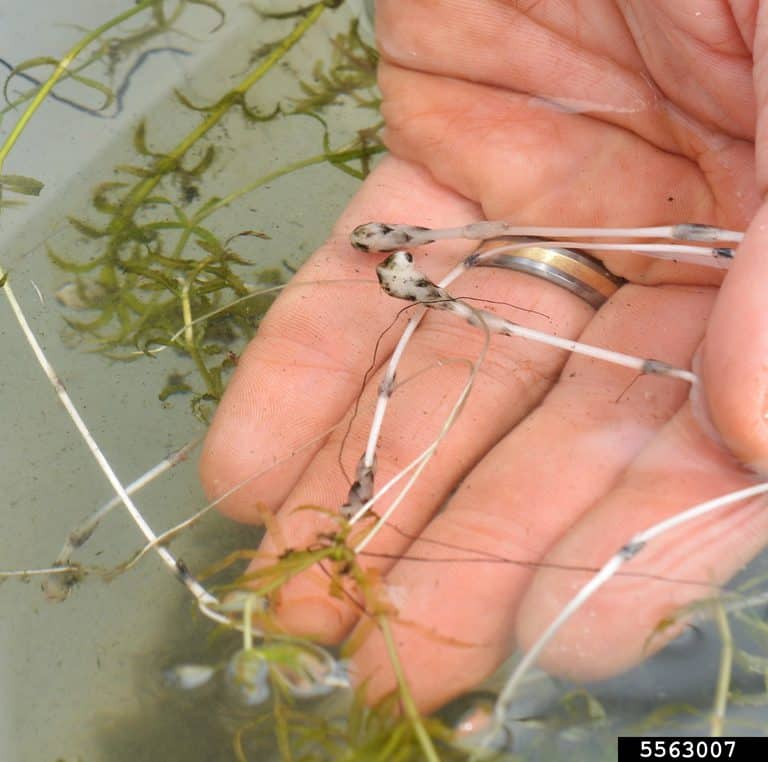
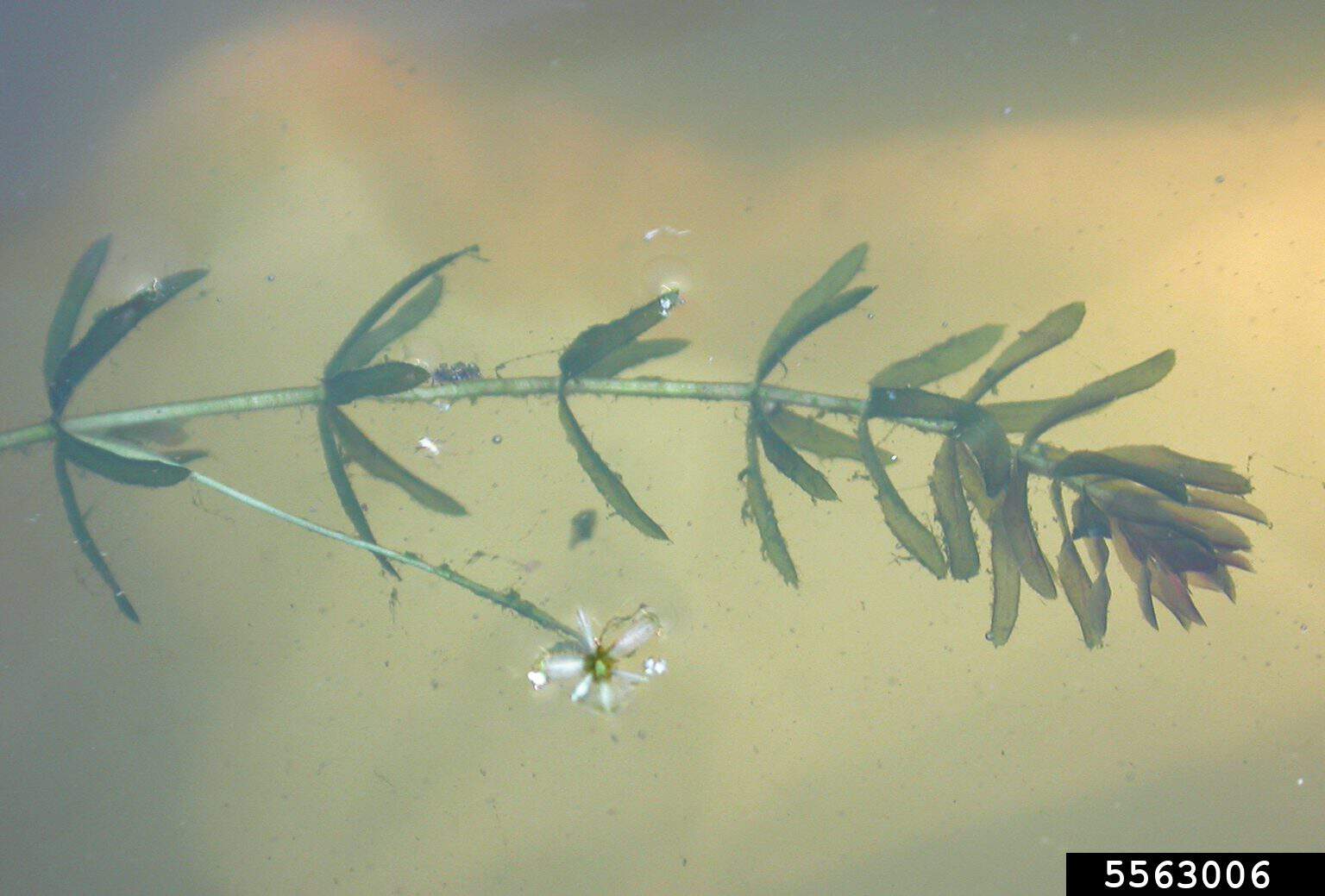
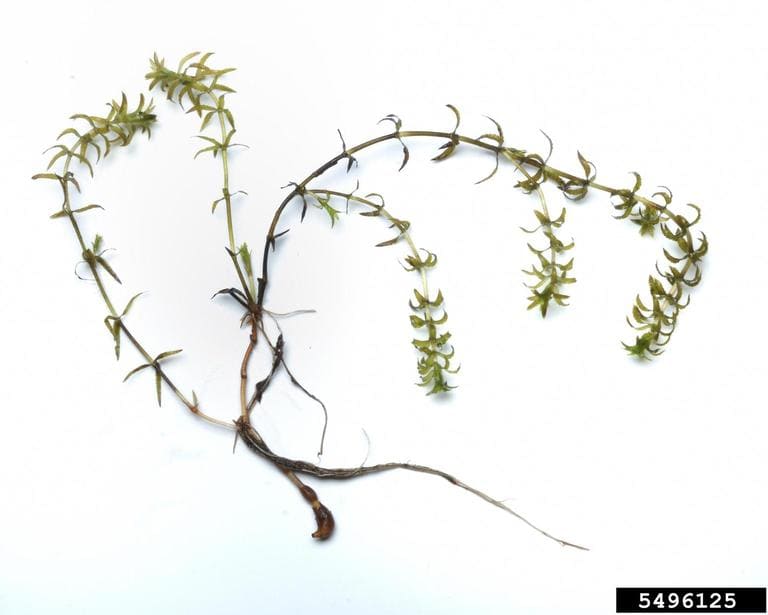
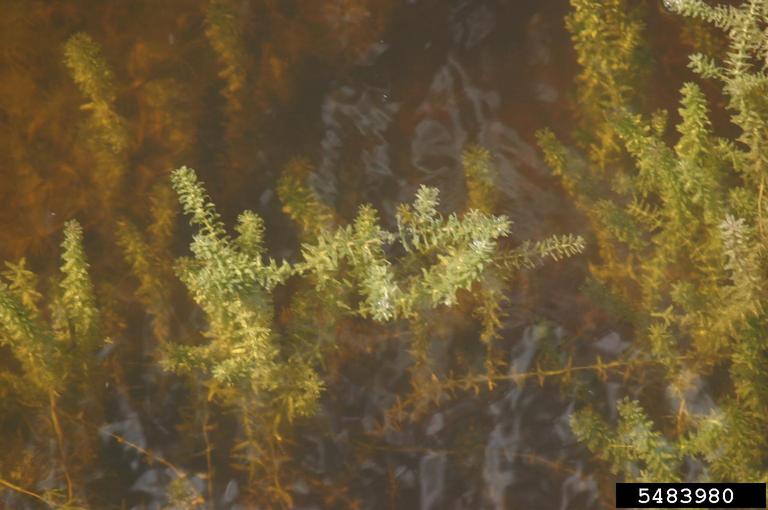
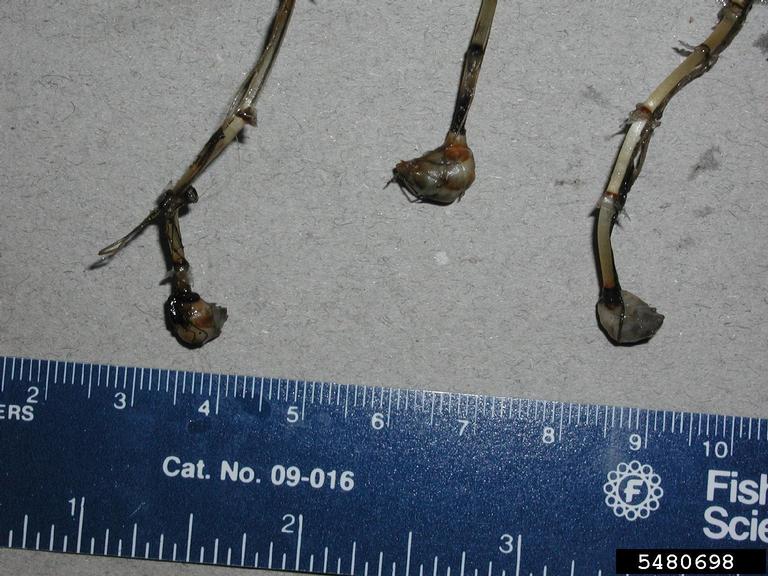
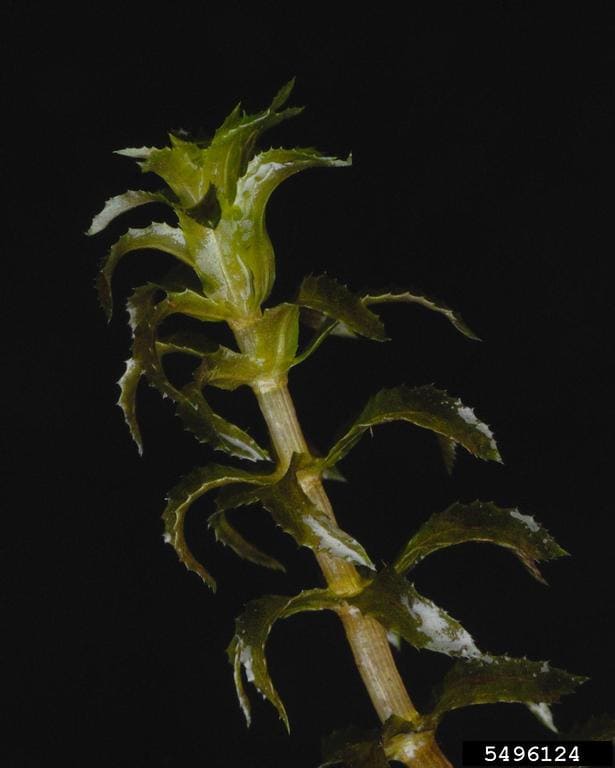
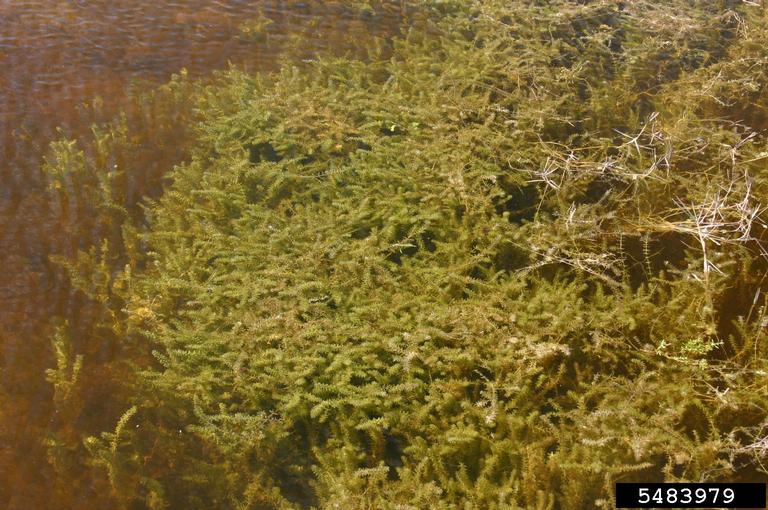
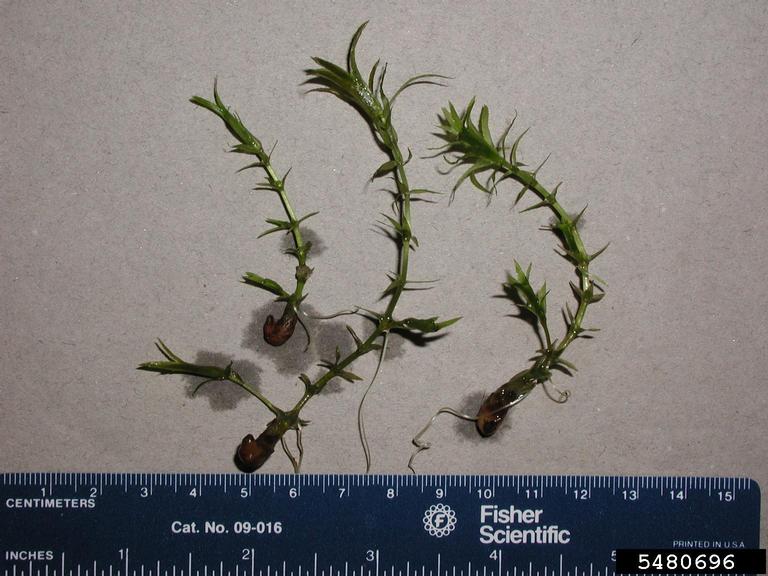
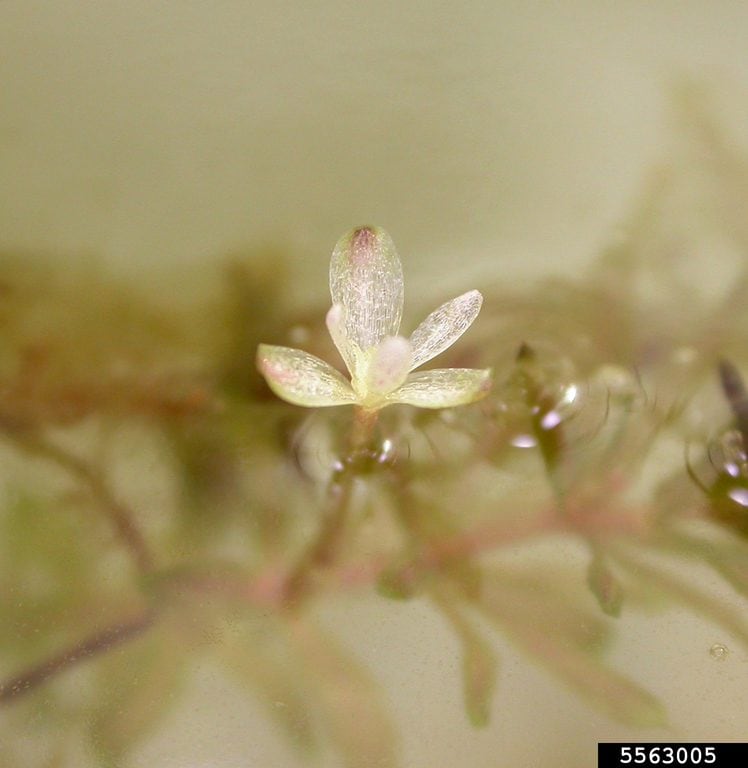
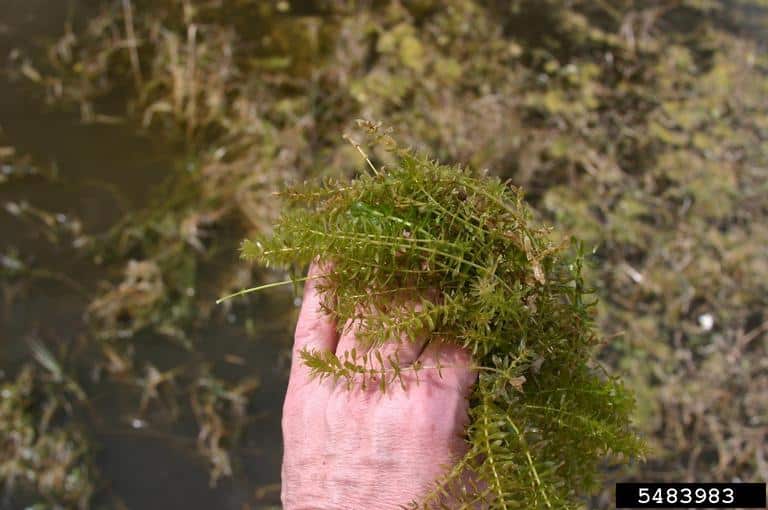
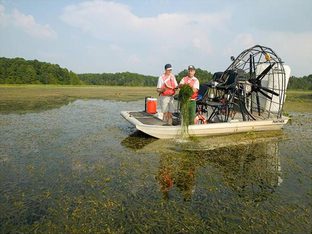
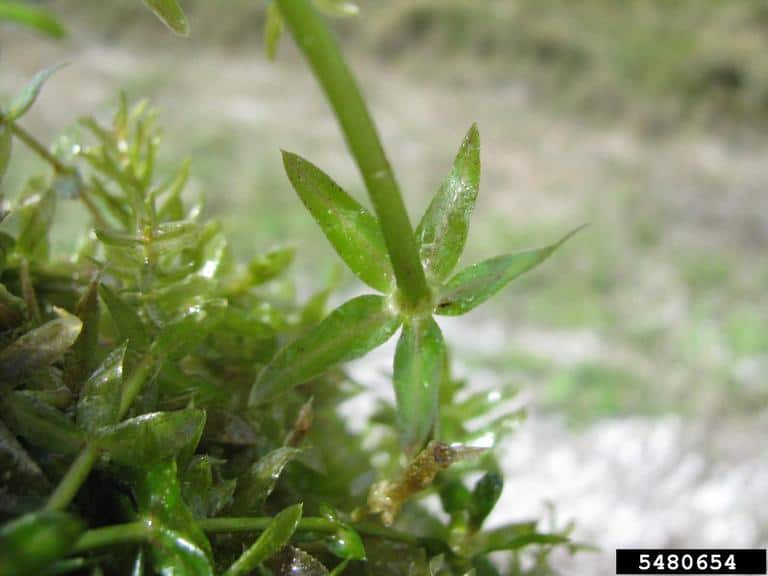
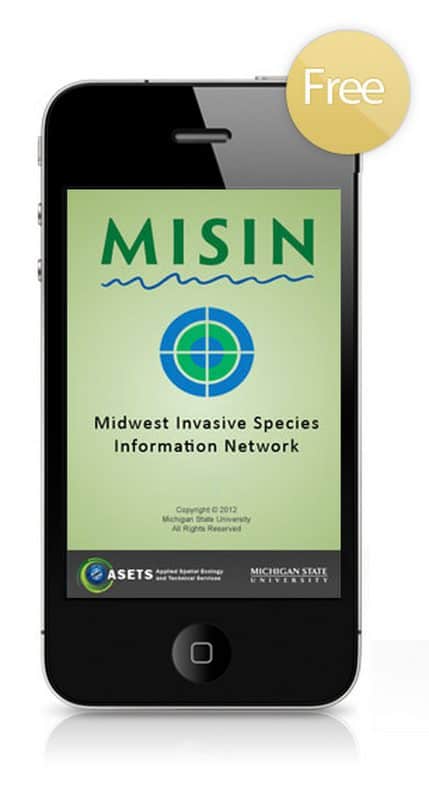
If you believe you have found invasive Hydrilla (or another invasive species), you can report the sighting to Tip of the Mitt Watershed Council at (231) 347-1181 or e-mail info@watershedcouncil.org.
MISIN Mobile App Reporting
You may also report invasive species using the free mobile smartphone app from Midwest Invasive Species Information Network (MISIN).



